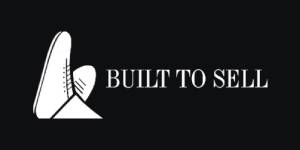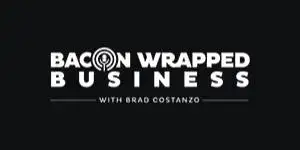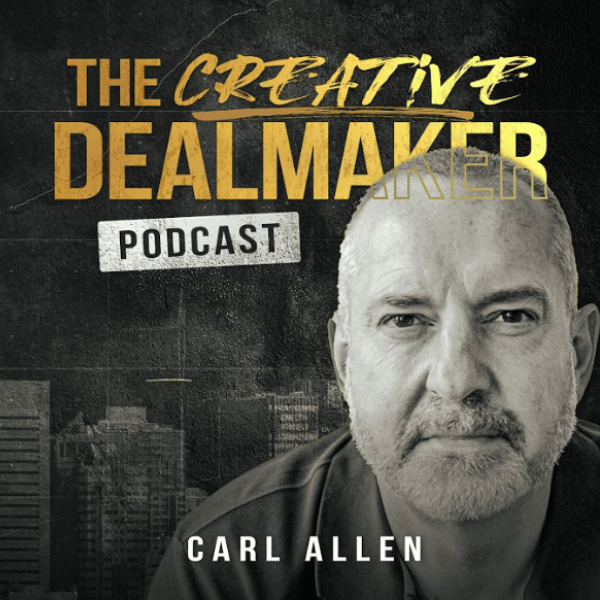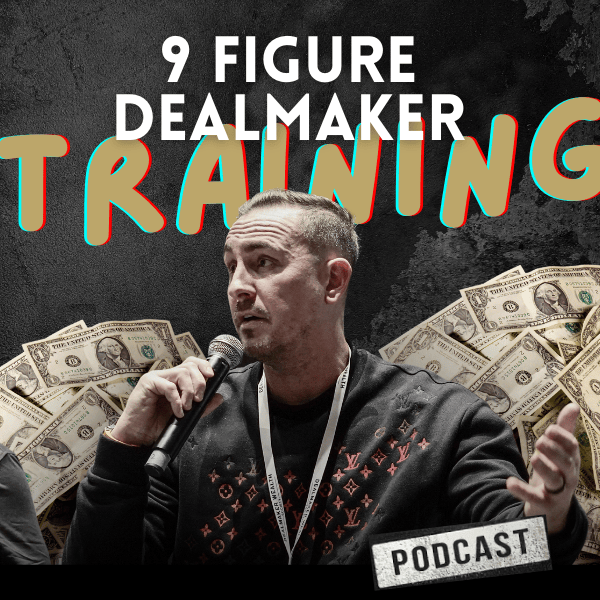5 Components for Creating a Killer Offer (Part 2)
5 Components for Creating a Killer Offer (Part 2)

In 5 Components That Lead to a Killer Offer (Part 1), I kicked the year off with a week dedicated to properly valuing and structuring a small business acquisition deal.
I outlined the FIVE key variables that will make up the written offer you send to the seller. They are:
- The agreed profit number (adjusted, normalized EBITDA)
- The multiple
- Adjustments (surplus cash and inherited debt)
- Structure of the deal (closing payment, seller financing and earn outs)
- NWC (net working capital to be inherited at closing).
Last time, we reviewed the first two variables you MUST consider. Today, we’ll finish up with the final three.
Let’s jump in…
3. Adjustments (surplus cash and inherited debt)
You’ll recall from Monday that the target business’s enterprise value (EV) was:
Revenue = $2,000,000
EBITDA = $200,000 (10%)
Agreed Profit = $300,000
Multiple = 4X
EV = $1,200,000
Once you’ve settled on the agreed profit and multiple to fairly value the business, you’ll need to convert the EV into a 100% equity valuation.
To do that, you need to ADD surplus cash to the EV and SUBTRACT any debt you’re going to inherit as the new owner.
It’s simple for surplus cash. You will need around 10% (or one month of sales revenue) as a minimum cash balance to keep the business trading.
During the due diligence phase of the business buying process, you will run a detailed 12-month forward cash flow forecast to determine the EXACT cash balance. But when you’re just submitting offers, the 10% (or 1/12 revenue rule) will suffice.
If we use 10% of $2 million in revenue as our bar, that comes to $200K.
But let’s assume this deal has $300K of cash on hand, $100K more than what you need to trade for a month. That’s called “surplus cash” and you’ll need to INCREASE the EV by $100K.
Now let’s look at the liabilities. If it’s a B2B company, you wouldn’t reduce the EV for payables since you’ll be inheriting receivables).
But if it’s B2C business, then I always adjust the EV downward for payables since the owner has probably taken the cash out from elsewhere, like payments on delivery or credit card charges.
I’ll also adjust for any taxes due, notes due, bank loans, overdrafts, etc.
Let’s assume this tech company sells only B2B, and the total debt being inherited is $400K.
Therefore, the 100% equity valuation is:
EV = $1,200,000
PLUS Surplus Cash = $100,000
LESS Debt = ($400,000)
100% Equity = $900,000
You’ll note that, with adjustments, the new valuation is $300K LESS than it was before. THIS is now the number you will use as the target for your offer.
4. Structure of the deal (closing payment, seller financing and earn-outs)
Now that you know the value of the shares in the business, you need to figure out how you want to structure your offer.
Though each deal is different, deal structure is primarily based on THREE elements:
- The strength of relationship with the seller and understanding of what they truly want
- The seller’s level of distress or motivation to exit
- The amount of capital that can be raised for a closing payment.
Assume in this case you have a good relationship with the seller — they are prepared to carry some of the deal price with seller financing, and are motivated to sell quickly.
The starting point is understanding what can be leveraged. As a tech business, there will be few to no assets besides some accounts receivable. That’s why most tech deals are funded through a cash flow lend with small amounts of equity.
Cash flow lending is typically based on a multiple of profit — around 2.5X is the norm.
So with $300K agreed profit, the cash flow lend will be 2.5 x $300,000 = $750,000. Of that, 20% or $150K will need come from the buyer (you) via equity — a standard ask for a cash flow lend.)
If you don’t personally have the equity to invest, partner with someone like an angel investor who does.
Total available funding therefore is:
Surplus Cash = $100,000
Cash Flow Lend = $600,000
Equity = $150,000
TOTAL = $850,000
If you assume you’ll need $50K for closing costs, you’re left with a maximum of $800K for the closing payment.
Now recall, the 100% equity valuation was $900K… so the remaining $100K (at minimum) will need to be seller financing.
For example, your offer may be $500K cash at closing with $400K seller financing to be paid over four years. Earn-outs can also be used here as well. These are bonus payments based on profits (or revenues) above a certain level.
Ultimately, you can play with various financing tactics — and amounts associated with each — to come to a win-win deal for you and the seller.
5. NWC (net working capital to be inherited at closing)
Let’s assume the seller agreed to $900K total consideration consisting of a $600K closing payment and $300K of seller financing. (Say you started lower and negotiated to this point.)
The final step is to agree on the net working capital (NWC) to be inherited.
NWC is current assets MINUS current liabilities. You want NWC to be as HIGH as possible — you can ether take the highest amount from the past 12 months, or the average. Again, the higher the better.
NWC is pegged as part of the offer so that the seller doesn’t liquidate it from the business pre-close and pocket the cash.
If NWC is HIGHER at closing than at the time the offer was agreed upon, you as the buyer will need to make the seller a payment.
On the other hand, if it is lower, you should DEDUCT the difference from the closing payment and use the extra cash to top up your NWC.
Remember, headline price isn’t always the answer. It’s the TERMS of the deal that are also super important.
Until next time, bye for now.
















